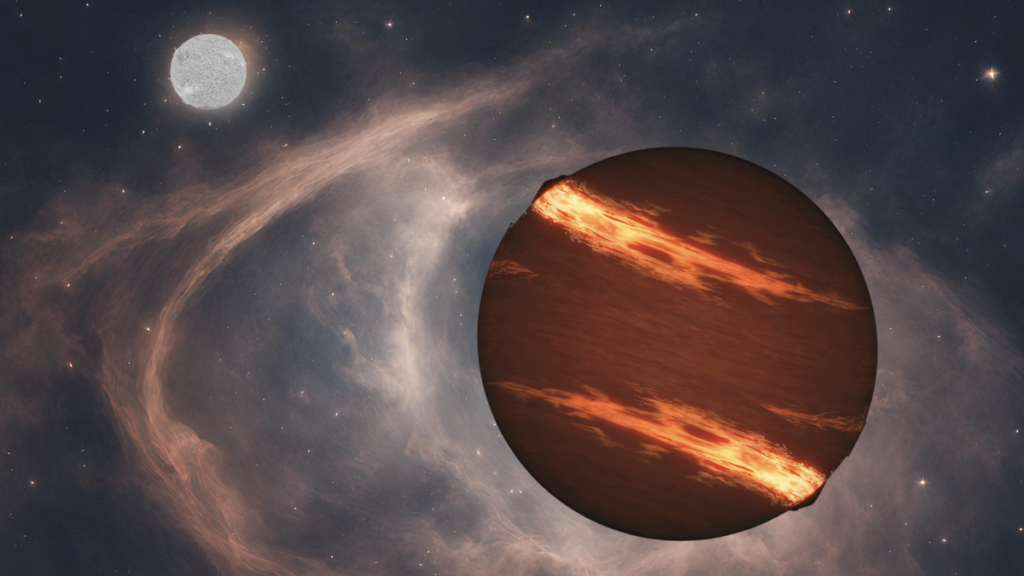James Webb detects exoplanets orbiting dead stars

The Newz Radar
Washington DC: In a rare breakthrough, the James Webb Space Telescope (JWST) detected two exoplanets orbiting two different dead stars or “white dwarfs.”
The exoplanets detected, not only resembled the gas giants – Jupiter and Saturn – present in our solar system but the white dwarfs also hinted at the destiny of the sun.
After the sun is changed into a white dwarf, it is expected to destroy the inner solar system planets — till Jupiter.
Speaking to Space.com, an astronomer at the Space Telescope Science and lead author of the research Susan Mullaly said, “Very few planets have been discovered around white dwarf stars. What is extraordinary about these two candidate planets is that they are more similar to planets in our outer solar system in temperature, age, mass and orbital separation than any planets previously found.”
“This offers our first chance to see what a planetary system looks like after its star dies,” Mullaly said.
The JWST’s Mid-Infrared Instrument (MIRI) directly observed the planet candidates as they orbited around the white dwarfs WD 1202-232 and WD 2105-82.
One exoplanet was orbiting around a white dwarf which is equal to 11.5 times the distance between the sun and the Earth.
The other exoplanet, meanwhile, was at a distance of about 34.5 times the distance between the sun and the Earth from its dead stellar parent.
It is well-known that when the sun’s fuel supply for carrying out the nuclear fusion processes that occur at its core is exhausted in around 5 billion years, the planet will swell up as a red giant.
However, the nuclear fusion will continue in its outer layers. When the sun dies, its outer layers will swallow Mercury, Venus, Earth, and possibly, Mars.
The outer layers will eventually cool and leave a smouldering stellar core, which is now a white dwarf and this will be surrounded by a planetary nebula of exhausted stellar matter.
However, these exoplanet detections hint at what can happen to planets beyond Mars, which are Jupiter, Saturn and others, when the sun dies.
“Our sun is expected to turn into a white dwarf star in 5 billion years,” said Mullaly.
“We expect planets to drift outward, into wider orbits, after a star dies. So, if you wind back the clock on these candidate planets, you would expect these to have had orbital separations similar to Jupiter and Saturn,” she added.
“If we can confirm these planets, they will provide direct evidence that planets like Jupiter and Saturn can survive the death of their host star,” Mullaly said.




